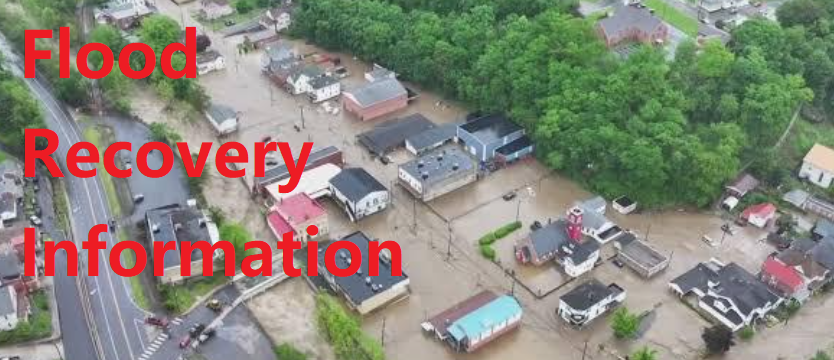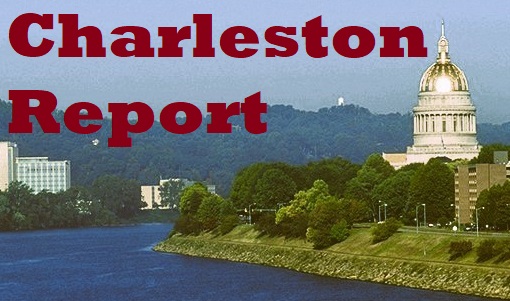April 15th, 2016 by WCBC Radio
Just in time for Earth Day, the Maryland Department of Transportation’s State Highway Administration (SHA) is launching a study with the University of Maryland’s (UMD) Entomology Department in the School of Agriculture on creating bee and butterfly friendly habitats through roadside vegetation management best practices. The three-year field study led by PhD student Lisa Kuder started early in April.
“There is growing consensus that the decline in pollinator health is caused by many different, sometimes interacting factors. This means the solution also needs to include multiple approaches,” said Dr. Dennis vanEngelsdorp from University of Maryland’s Bee Lab. “This partnership is an excellent example of the multifaceted approach needed to help preserve Maryland pollinators.”
According to a February 2016 scientific report released by the United Nations, 40 percent of worldwide invertebrate (no spine) pollinator species, including bees and butterflies, are facing extinction. The same report concludes that 16 percent of vertebrate (spine) pollinators such as species of bats and birds are also facing extinction.
SHA and UMD are using seven roadsides, five in Frederick County (along US 15 and MD 194), one in Carroll County (MD 194 in Taneytown) and one in Talbot County (MD 33) as testing areas to strike a balance between maintaining roadsides while propagating native Maryland meadows, which naturally attract key pollinators. The goal of the study is to compare the effects of two different cost-effective meadow management strategies (Integrated Vegetation Management and reduced mowing) on plant and pollinator communities. The study will include measuring abundance and species diversity, evaluating nesting opportunities for both ground and cavity nesting bees and assessing quality and availability of nectar and pollen.
“SHA has more than 5,200 miles (measuring down the center) of roads – creating more than 10,000 miles of roadsides to maintain,” said SHA Administrator Gregory C. Johnson, P.E. “It makes sense to use these areas to support pollinator habitats.”


















